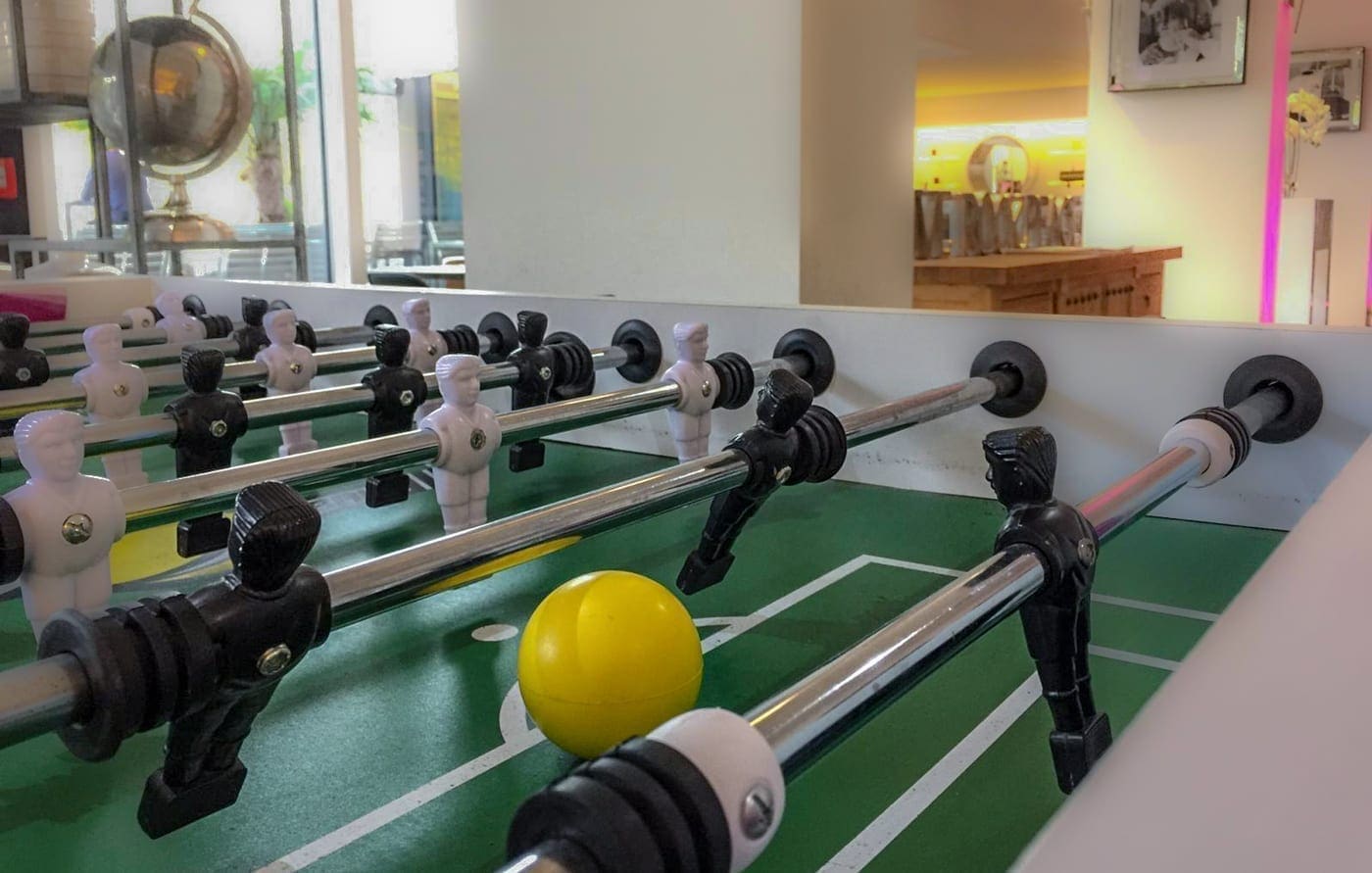Learn
The names of the blocks are all verbs. And not without reason! You have to get to work, after all. Each block in the model represents an activity that must be carried out by all participants. When you name it as a noun, it will be more quickly attributed to one person or department.

Positioning
In order to successfully change, you need to know the current situation and the desired new situation. Only when you have clarity on these two starting points can you move forward. When your team knows where it stands and where it's headed, you lay the foundation for the team to muster the motivation to actually start moving.
Advising
Practice what you preach. Especially when changes are also a fixed and enduring part of your daily operations. What roles do you play in this? How do you position yourself best as an advisor? When things are going well, but also when you see that they are not going so well.

Communicating
Communicating in the right way is a crucial part of creating connections. You need to understand how a professional and purposeful change strategy contributes to connection and vice versa. And how to devise and convey this best. We also discuss how to demonstrate which communication methods are right for you.

Visualising
When it comes to facilitating change through building connections, visualising helps you make things understandable. Often there is a description of the change, but it's filled with buzzwords: words we all know but then interpret differently. Drawing or visualising triggers a discussion about the content at the right moment. This helps ensure that buzzwords have the same meaning for everyone.
Planning
Once you have a clear picture of where you are and where you want to go, you can start planning. Managing expectations brings calm to those who need to change and helps connect your project team. Everyone understands the realistic timeline with associated actions, responsibilities, costs, and benefits. But don't forget the cement: how is that timeline perceived and monitored?
Budgeting
It's not about the size of your budget, but the effectiveness of your actions. Smaller budgets don't necessarily mean less results. However, this doesn't mean you don't need a budget. And remember that budget isn't just money. Resources like location, tools, and people also fall under this category. A transparently and openly prepared budget gives everyone insight into what is needed to achieve the goal.

Evaluating
If you want to achieve more, you need to start a continuous cycle. Take a good look at what your role and influence, as well as others', are in this process. But evaluate in the right way. Almost everything can be examined and measured, but only a few variables are truly important to measure. Make your choice and keep revisiting it.
Adjusting
Your plan is ready and you can start. If all conditions are optimal, things will likely go well. But in many cases, there's an additional challenge: the environment reverts to the old ways. What do you do then? Which signals, indicating a potential fallback, can you recognize early on? And how can you cleverly use this situation to continue holding onto the new direction, without resorting to various exits?








